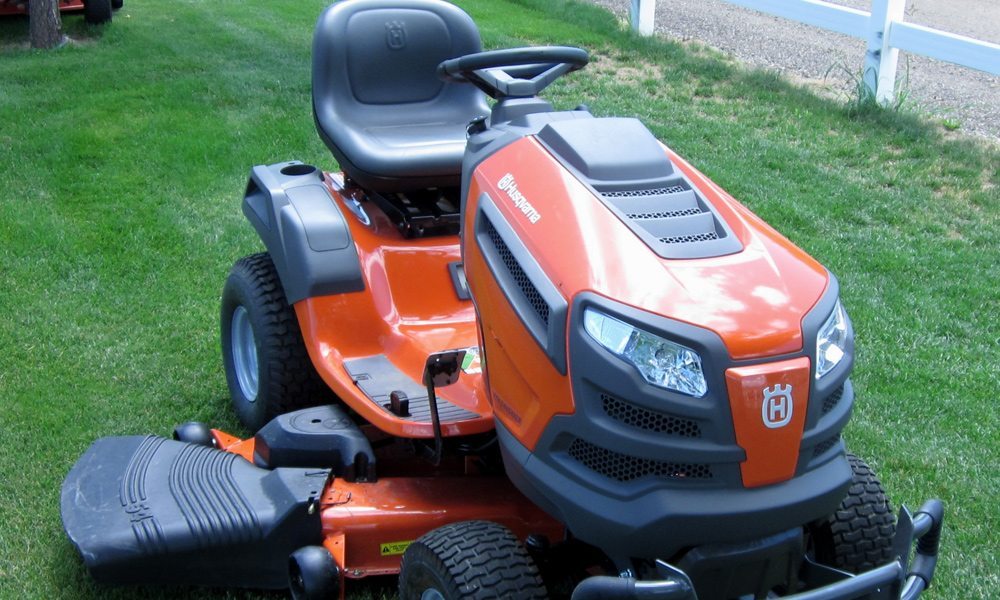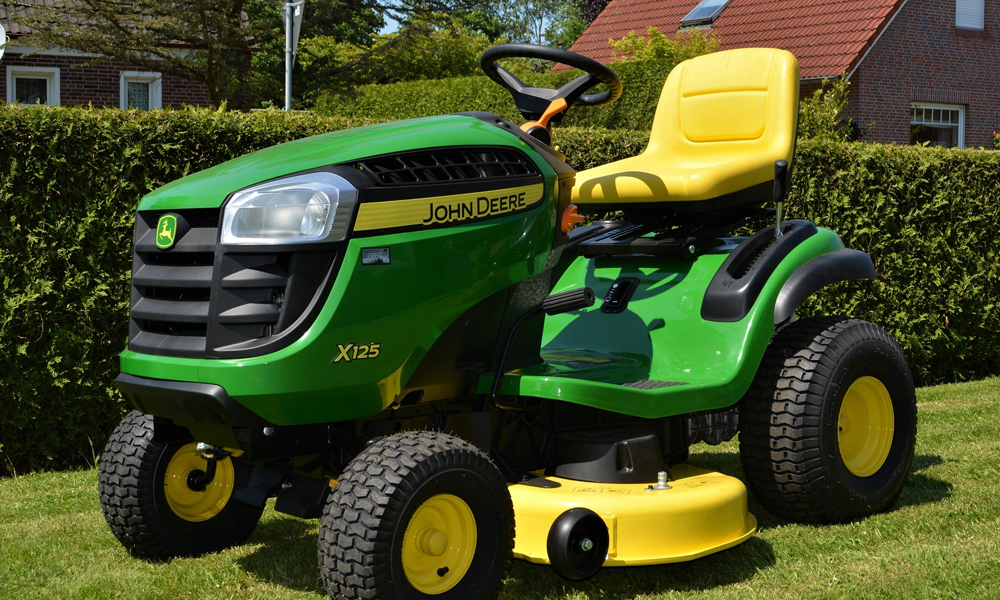What to Look for in a Riding Lawn Mower?
A Comprehensive Guide to Choosing the Perfect Riding Lawn Mower
A riding lawn mower can be a valuable asset for homeowners with large yards, as it can save time and effort when maintaining your lawn. For those with smaller yards, consider the best lawn mower for a small yard. But with so many options available, knowing what features to prioritize can take time and effort. In this article, we’ll discuss the most important factors to consider when purchasing a riding lawn mower, along with helpful tips and advice to make the process easier.
Type of Riding Lawn Mower
There are several different types of lawn mowers, but the two most common types of riding lawn mowers are lawn tractors and zero-turn mowers.
- Lawn Tractors: These are the more traditional riding mowers and offer a wide range of cutting widths and attachments. They are versatile and suitable for most terrains.
- Zero-Turn Mowers: These mowers offer increased maneuverability and speed, allowing for quicker and more precise lawn maintenance. They are ideal for large lawns with many obstacles.
Deck Size and Cutting Width
The size of the cutting deck and the cutting width are crucial factors to consider when choosing the right lawn mower for your terrain. Wider cutting decks allow for fewer passes, which can save you time when mowing large lawns. On the other hand, smaller cutting decks are easier to maneuver in tight spaces.
Engine Power and Transmission
The engine power and transmission type are important aspects to consider when selecting a riding lawn mower. Powerful engines can handle more challenging terrains and are better suited for towing attachments. When it comes to transmissions, there are three main types:
- Manual: Offers more control but requires gear shifting while mowing.
- Automatic: Provides a smoother ride and easy speed adjustments without shifting.
- Hydrostatic: Offers the most precise control and smoothest ride but can be more expensive.
Fuel Type
Several fuel options for riding lawn mowers include gas, electric, and battery-powered models. Each type has its advantages and disadvantages, so consider the comparison between electric and gas lawn mowers to make an informed decision.
Attachments and Accessories
Riding lawn mowers often come with various attachments and accessories to make your lawn maintenance tasks more manageable. Some useful attachments include baggers, spreaders, and snowplows.
Safety Features
Safety should always be a top priority when using any lawn equipment. Ensure your riding lawn mower has essential safety features, such as a safety switch, seat belt, and blade disengagement system.
Maintenance and Repair
Proper maintenance and repair are vital for the longevity of your riding lawn mower. Be sure to follow the manufacturer’s guidelines for oil changes, blade sharpening, and other necessary tasks.
Warranty and Support
A good warranty and strong customer support are important factors to consider when purchasing a riding lawn mower. A longer warranty period indicates the manufacturer’s confidence in the durability and performance of their product. Look for a warranty covering at least two to three years and a responsive customer support team that can assist you with any questions or concerns.
Budget and Value for Money
Riding lawn mowers can range in price from a few hundred to several thousand dollars. Determine your budget and ensure you’re getting the best value for your money. Remember that cheaper models may have fewer features or lower build quality, so it’s important to find a balance between price and performance. Consider the best cheap lawn mower for more budget-friendly options.
Testimonials and Reviews
Before purchasing, read lawn mower reviews from experts and customers who have experience with the specific model you’re considering. This can provide valuable insights into the performance, reliability, and ease of use of the mower.
Comfort and Ergonomics
Comfort is essential when operating a riding lawn mower for extended periods. Look for adjustable seats, padded steering wheels, and easy-to-reach controls to ensure a more enjoyable mowing experience.
Terrain Suitability
Consider the specific terrain of your lawn when choosing a riding lawn mower. Some mowers are designed for flat surfaces, while others can handle hilly or uneven terrain. Evaluate the mower’s ability to navigate slopes, obstacles, and tight spaces to find the best fit for your property.
Storage and Transport
Keep in mind the size and weight of the riding lawn mower, as well as its ease of storage and transportation. If you have limited storage space or need to transport the mower to different locations, consider a compact or foldable model that’s easy to store and move.
Environmental Impact
If you’re concerned about the environmental impact of your lawn care equipment, consider electric or battery-powered riding lawn mowers. These models produce fewer emissions and are generally quieter than their gas counterparts. Be sure to explore the best electric lawn mowers and best battery-powered lawn mowers for more environmentally-friendly options.
Brand Reputation and Reliability
Finally, consider the reputation and reliability of the riding lawn mower brand. Reputable brands often have a history of producing high-quality, durable products backed by excellent customer support. Researching the brand’s history and customer testimonials can give you confidence in purchasing decisions.
Conclusion
In conclusion, selecting the right riding lawn mower requires careful consideration of various factors, including the type of mower, cutting width, engine power, fuel type, attachments, safety features, maintenance, warranty, budget, and customer reviews. Considering these factors, you can make an informed decision and find the perfect riding lawn mower for your needs.
For more information on lawn mowers, be sure to check out these helpful resources:

